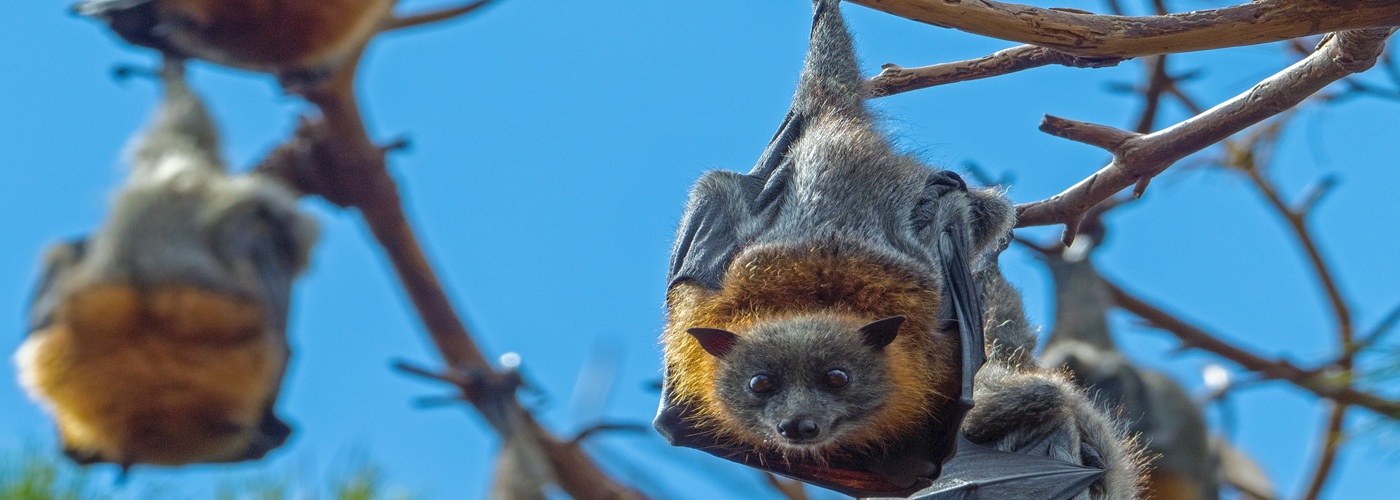

A three‑year study by the University of Sydney, published in Nature Communications, illuminates how and when new bat coronaviruses arise, knowledge critical for anticipating future spillovers to other species. Sampling over 2,500 fecal specimens from black and grey‑headed flying foxes across five eastern Australian roosts, researchers found infection peaks among juveniles and subadults between March and July, as young bats wean and mature.
Significantly, many of these younger bats harbored multiple coronaviruses simultaneously, co‑infections that can enable two viral strains to co‑occupy a single cell, providing a natural breeding ground for novel variants. According to lead author Dr. Alison Peel, such mixed infections can lay the groundwork for the emergence of new strains.
The team identified six nobecoviruses (a lineage that does not infect humans) and even discovered three previously unknown variants. Though harmless to people, nobecoviruses serve as evolutionary stand‑ins for riskier relatives like SARS‑related viruses, offering a low‑risk window into how dangerous coronaviruses may evolve.
Co‑author Dr. John‑Sebastian Eden emphasizes that their genomic tracking, which traced infections back to individual bats, provides a blueprint for global surveillance. By concentrating on young bats during critical windows of susceptibility, scientists could forecast when and where novel coronaviruses might emerge.
Environmental pressures may also play a role: stress from habitat loss due to human encroachment or food scarcity could weaken juvenile bats’ developing immune systems, making them more prone to co‑infection. Peel and Eden stress the importance of further research into these stressors. With detailed, multi‑site data spanning years, this study establishes a robust foundation for future efforts to predict, and potentially prevent, the next coronavirus spillover.






